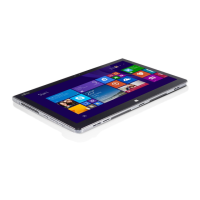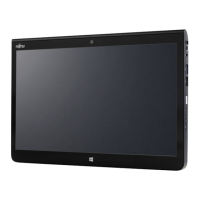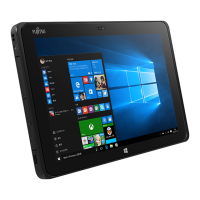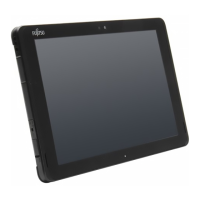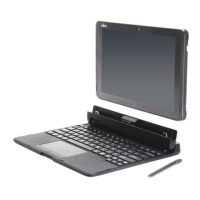Technical data
Typica l operating distances** • 802.11a: 40 ft. (12 m ) @ 54 Mbps; 300 ft.
(91m)@6Mbps
• 802.11ac: 40 ft. (12 m) @ 54 Mbps; 300
ft.(91 m) @ 6 Mbps
• 802.11b: 100 ft. (30 m) @ 11 Mbps; 300 ft.
(91m)@1Mbps
• 802.11g: 100 ft. (30 m) @ 54 Mbps; 300 ft.
(91m)@1Mbps
• 802.11n: Estimated double the operating
distance of 802.11g and 802.11a in their
respective frequencies
Number of channels
• 802.11a: 8 independent channels
• 802.11b/g: 11 channels, 3 non-overlapping
channels
• 802.11n: Channel bonding takes t wo of
the non-overlapping 20MHz channels and
combines it into one 40MHz channel. It is
actually 12 non-overlapping channels with
channel bo nding and 24 without. Also it is 1
non-overlapping channel in 2.4G Hz when
channel bonding is used.
• 802.11ac: 5 independent channels
Security
Encryption types: compatible w ith W E P, TKIP,
AES***, WPA 1.0 and WPA 2.0
Encryption key, lengths supported: 64 bits and
128 bits
Maximum recommended number of computers
to be connected over wireless LAN (during ad
hoc connection)
10 units or less ****
* “Wi-Fi base d” indicates that the interconnectivity test of the organization which guarantees the
interconnectivity of wireless LANs (Wi-Fi Alliance) was passed.
** The operating distances given above increase or decrease depending on factors such as the
number of walls, reflecting material or interference by external RF sources.
*** Network key encryption (WEP) o ccurs with the number of bits given above, after deduction of
the fixed length of 24 bits the user may however also set 40 or 104 bits.
**** Depending on the particular practical application, the number of computers which can be
networked is reduced if necessary.
92 Fujitsu

